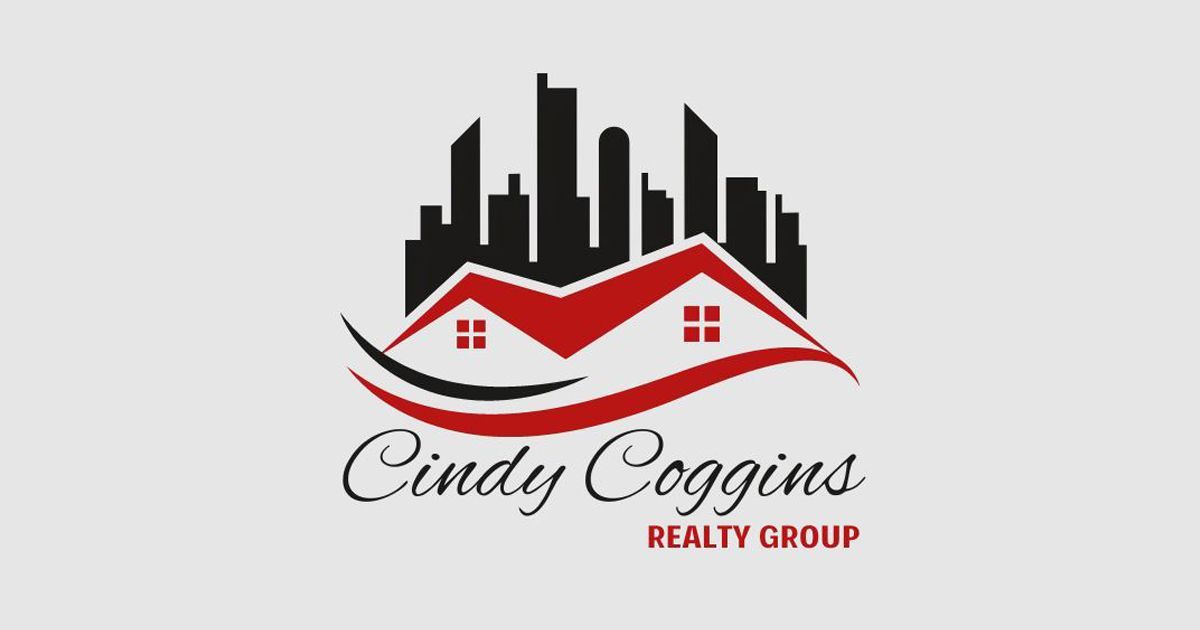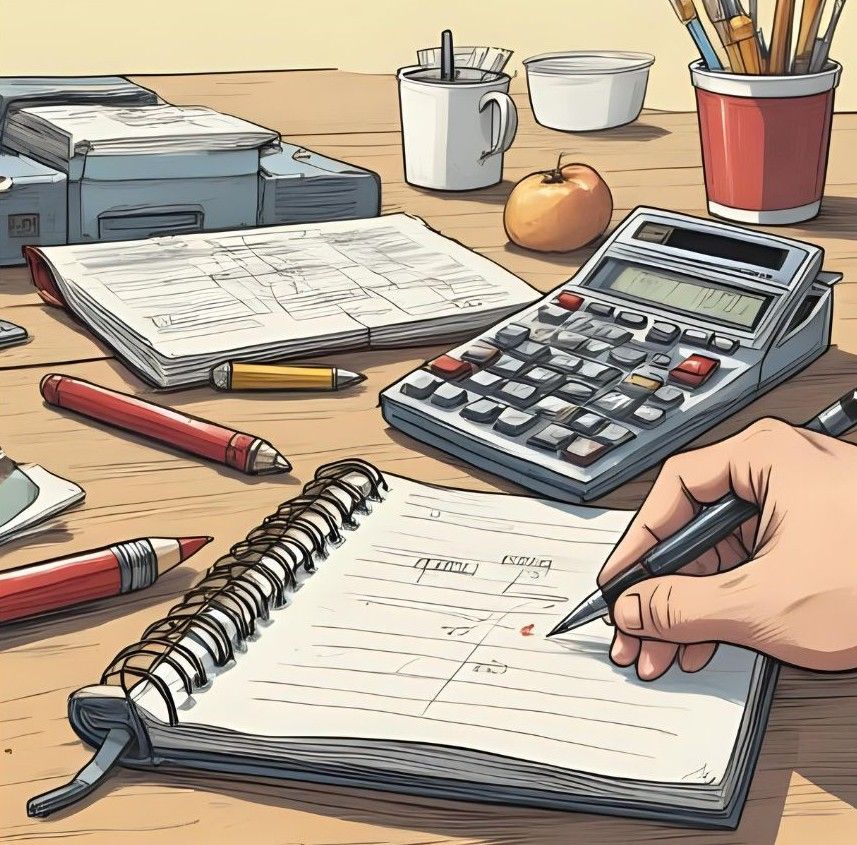The 50-Year Mortgage: Lower Payments Today, Higher Price Tomorrow
Why stretching your mortgage half a century might help in the short term—but could cost far more than you think in the long run.

Every few years, a new “affordability fix” makes headlines—right now, it’s the 50-year mortgage. The pitch sounds tempting: smaller monthly payments, easier loan approval, and a way to buy the home you want right now instead of waiting.
But as any seasoned homeowner knows, the sticker price isn’t the whole story. Stretching a mortgage over 50 years can save you a few hundred dollars a month… yet quietly add hundreds of thousands in extra interest over time.
Let’s break it down in real, plain-English terms—with a simple made-up example—so you can see the pros, cons, and when (if ever) a 50-year loan might actually make sense for you.

Meet Sarah and James
• Home price: $400,000
• Down payment: 20% ($80,000)
• Loan amount: $320,000
• Rate: 6.25% fixed (same for both loans for comparison)
• Option A: 30-year term
• Option B: 50-year term
Monthly Payment:
30-Year: ≈
$1,969
50-Year: ≈
$1,855
💡 Monthly savings: ≈ $114 (before taxes & insurance)
Total Interest Over Time:
30-Year: ≈ $388,840
50-Year: ≈ $793,000
⚠️ That’s $404,000 more interest for only $114/month saved.
Equity Growth After 10 Years:
30-Year: Significant principal paid down.
50-Year: Very little principal paid—still mostly interest.
Pros:
✅ Lower monthly payment
✅ Easier debt-to-income approval
✅ Can be a bridge if income rises later
✅ May help in temporary cash-flow pinch
Cons:
⚠️ Massive lifetime interest
⚠️ Slow equity growth
⚠️ Likely higher rate than 30-year
⚠️ Could extend debt into retirement
When It Might Help:
• Short-term bridge before refinancing
• Entrepreneurs with uneven income
• Loan-modification relief (for hardship)
When It’s Risky:
• Planning to stay 15+ years
• Hoping to build equity fast
• Nearing retirement
• No plan to prepay or refinance
CCRG Take
If you and your family need the monthly relief, and you have a strong plan (refinance, extra payments, or move within years), then a 50-year loan could be a helpful tool. But it must be intentional, not just because “lower payments sound good.”
If you don’t have a plan, or if your goal is to build equity, own your home outright, or retire without mortgage debt — then the 30-year (or even 20-year) is likely the smarter path.
Bottom line:
- If you buy now with the 50-year: you’ll pay less per month, but you’ll be paying more for much longer, and you’ll build ownership more slowly.
- If you buy with the 30-year: higher monthly payment, but faster ownership, less interest wasted, and generally a stronger long-term position.
Curious what this would look like for your budget?
We’ll crunch the numbers—your home price, taxes, insurance, and down payment—and show you a side-by-side of
30- vs. 50-year payments so you can see the real difference before you decide.
🤳 Request your personalized mortgage comparison today with Cindy Coggins Realty Group.
📞 Call or Text: (469) 499-7452
📧 Email:
cindycoggins@kw.com
⚖️ Disclaimer:
Information provided is for educational purposes only and does not constitute financial, tax, or legal advice. Mortgage terms, rates, and qualification standards vary by lender and program. Always verify details with your lender or licensed financial advisor. Cindy Coggins Realty Group is not a mortgage lender.










